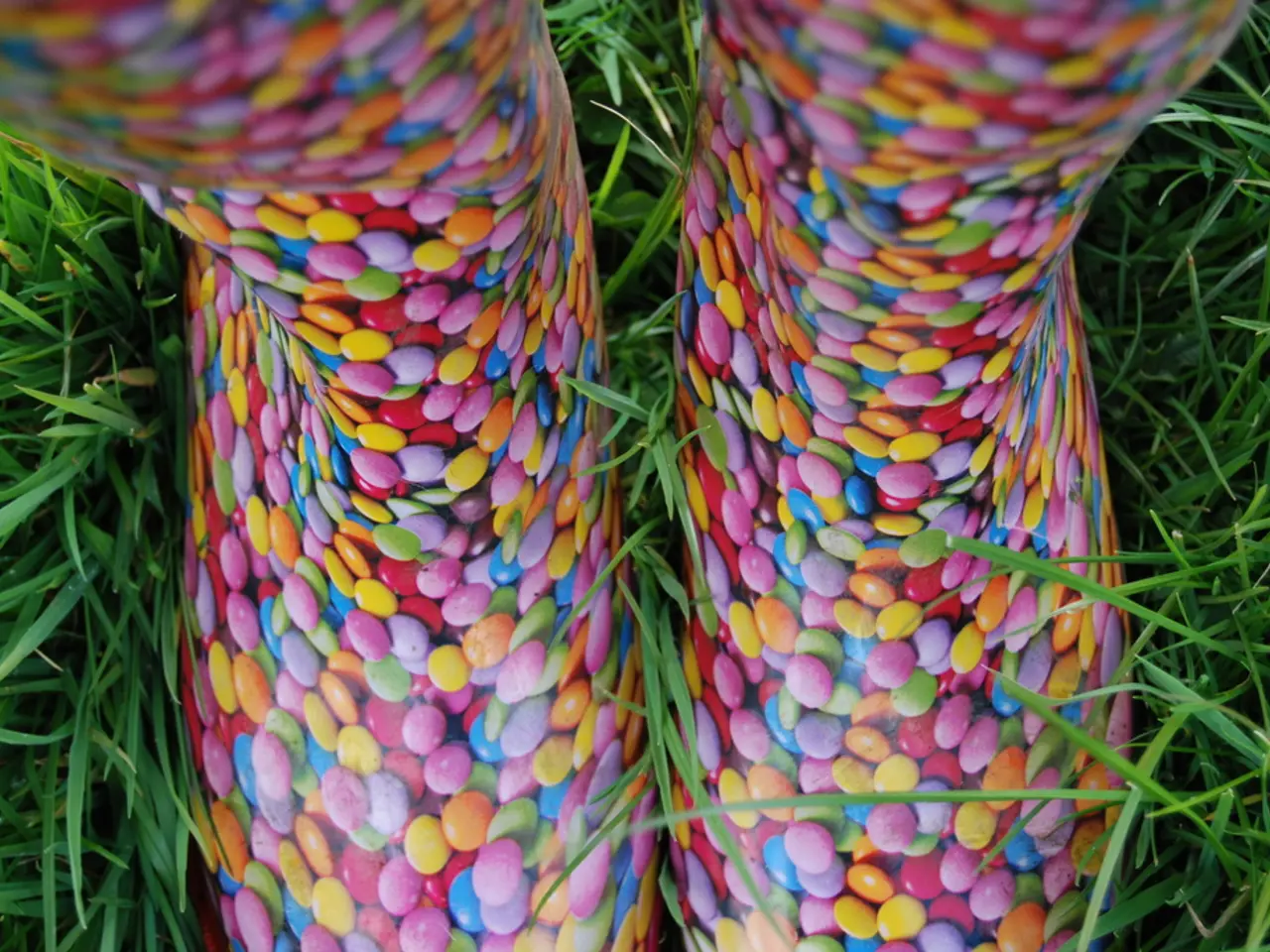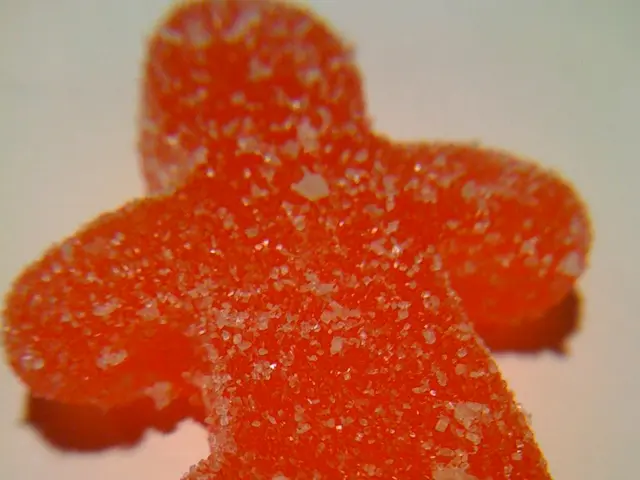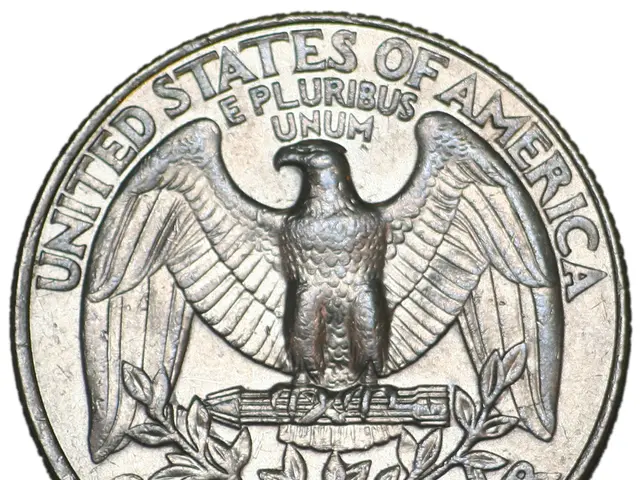Investigating Luminous Minerals: Searching for their Inner Glow
Unveiling the Secrets of Gemstones: The Role of Fluorescence
Fluorescence, a fascinating phenomenon in gemmology, plays a crucial role in identifying and distinguishing various gemstones. This non-destructive diagnostic tool aids gemologists in assessing the quality, origin, and authenticity of gemstones, as well as differentiating between natural and synthetic specimens.
The most common excitation source for fluorescence in gemmology is ultraviolet (UV) light, typically around a 365 nm wavelength. When exposed to UV light, gemstones emit a type, color, and intensity of fluorescence that can reveal internal features or inclusions, providing valuable clues to the gem's identity.
For instance, diamonds typically fluoresce blue under longwave UV light and then phosphoresce yellow. On the other hand, lab-grown diamonds may exhibit an orange fluorescence, making them easily distinguishable from their natural counterparts. Similarly, gemstones like fluorite are renowned for their bright fluorescence caused by trace elements such as uranium or rare-earth metals within their structure.
Fluorescence is particularly useful in authentication, as it can help distinguish real gemstones from simulants or synthetics, especially in diamonds and fluorite. It also aids in quality and origin analysis, as some stones show fluorescence characteristics related to their geographic origin or formation.
Moreover, fluorescence can indicate treatments or enhancements that alter the gem's fluorescence behavior. For example, natural rubies, rich in iron, usually have minimal to no fluorescence, while synthetic rubies tend to have much stronger fluorescent reactions.
Certain features or inclusions become visible under UV fluorescence that are not apparent under normal lighting. This enhanced visual inspection can provide additional insights into the gem's composition and history.
It is essential to handle UV light with care, as any exposure can potentially damage your eyes, especially short wave UV light, which is more dangerous than long wave UV light. When using a UV keyring for testing, follow these steps: never look directly into the light, turn off surrounding lights, place the gemstone table-down if facetted, hold the keyring approximately two inches away from the stone, record whether the stone is inert or fluorescing, and the strength of the reaction.
In summary, fluorescence is a critical gemological technique because it provides rapid, non-destructive, and diagnostic information that aids gemologists in gemstone identification, quality assessment, and differentiation between natural and synthetic gems. The presence or absence of fluorescence, as well as its color and intensity, improve the accuracy and confidence of gem evaluation.
References:
- GIA - Fluorescence
- AGTA - Fluorescence
- International Gem Society - Fluorescence
- American Museum of Natural History - Hope Diamond
- The International Gem Society offers numerous publications and courses on fluorescence, providing in-depth knowledge on the topic for both beginner and experienced gemmologists.
- Some members of the American Museum of Natural History's gemstone workshops focus on medical-conditions related to the health-and-wellness aspects of wearing certain gemstones, as well as the technology used to study them, such as the famous Hope Diamond's fluorescence.
- In the realm of science, fluorescence testing is an essential tool for evaluating various gemstone properties, including their origin, authenticity, and potential treatments, contributing to the overall understanding of gemmology.
- A key advantage of fluorescence in gemstone assessment is its ability to reveal unique characteristics under UV light, which can help uncover hidden information about the gem's composition, history, and even any health-related concerns due to certain medical-conditions.
- The George Frederick Kunz Gem and Mineral Museum organizes workshops focused on understanding the role of fluorescence in gemmology, shedding light on technological advancements in this field and their impact on the gemstone industry, thus broadening the public's knowledge and appreciation for gemstones.








